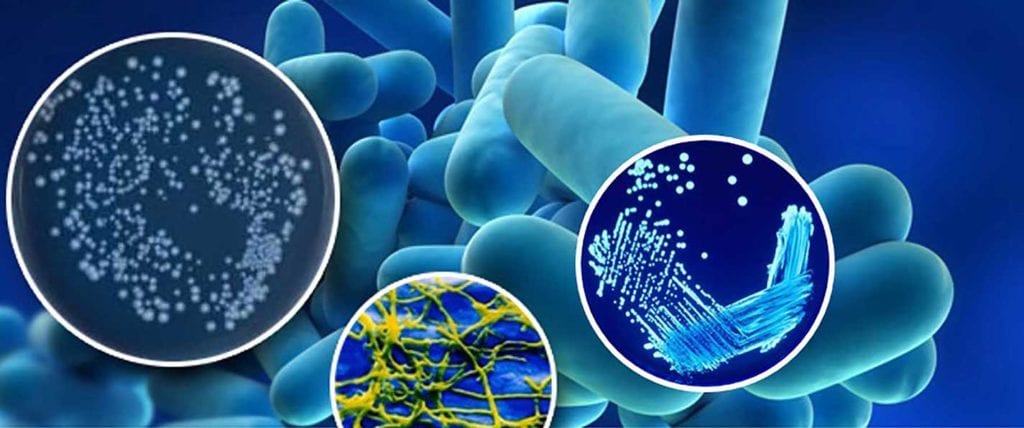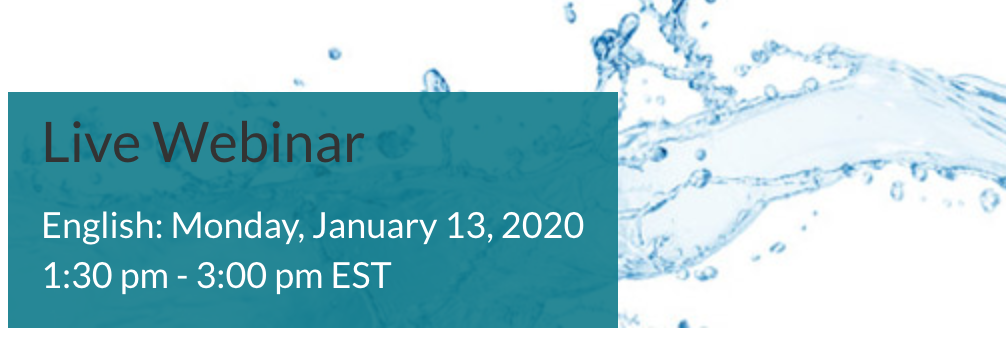Latest Publications
Praesent lectus leo, convallis id neque nec, ultrices euismod nibh. Sed ac rhoncus quam. Fusce tristique tellus diam, vel porta eros iaculis vitae.
Assessment of Treatment Plant Performance and Water Quality Data: A Guide for Students, Researchers and Practitioners
The International Water Association (IWA) has just made a 639 page guide for the “Assessment of Treatment Plant Performance and Water Quality Data” freely available for download.
Multiple Sources of the Outbreak of Legionnaires’ Disease in Genesee County, Michigan, in 2014 and 2015-during Flint lead crisis
A community-wide outbreak of Legionnaires’ disease (LD) occurred in Genesee County, Michigan, in 2014 and 2015. Previous reports about the outbreak are conflicting and have associated the outbreak with a change of water source in the city of Flint and, alternatively, to a Flint hospital. OBJECTIVE: The objective of this investigation was to independently identify relevant sources of Legionella pneumophila that likely resulted in the outbreak.
Management of Legionella in Water Systems (2019)
The National Academies of Science, Engineering, and Medicine were asked by the U.S. Centers for Disease Control and Prevention (CDC), the U.S. Department of Veterans Affairs (DVA), the U.S. Environmental Protection Agency (EPA), and the Alfred P. Sloan Foundation to address the state of the science with regard to Legionella including its ecology, disease diagnosis, amplification within water systems, quantification, prevention and control, policy and guidance, and all associated research needs.
Cyanobacteria and their toxins in Canadian waters: guidelines from Health Canada Webinar
Health Canada is hosting a webinar entitled “Cyanobacteria and their toxins in Canadian waters: guidelines from Health Canada” on Jan 13 presenting the updated Guideline for Canadian Drinking Water Quality on Cyanobacterial Toxins.
 Revised background documents are ready for review for the cyanotoxins anatoxin-a, cylindrospermopsin and saxitoxin-WHO Guidelines for drinking water quality Gallery
Revised background documents are ready for review for the cyanotoxins anatoxin-a, cylindrospermopsin and saxitoxin-WHO Guidelines for drinking water quality GalleryRevised background documents are ready for review for the cyanotoxins anatoxin-a, cylindrospermopsin and saxitoxin-WHO Guidelines for drinking water quality
Revised background documents are ready for review for the cyanotoxins anatoxin-a, cylindrospermopsin and saxitoxin-WHO Guidelines for drinking water quality
The World Health Agency (WHO) has developed some background documents for cyanotoxins which will be included in the second addendum to the fourth edition of the WHO’s Guidelines for Drinking-water Quality and is looking for comments by Jan 12, 2020.
Understanding lead in water and avoidance strategies: a United States perspective for informed decision-making
In this article, the authors indicate that they have developed an “oversimplified ‘lead in water equation’ to explain key variables controlling the presence of lead in drinking water to better inform public health practitioners, government officials, utility personnel, and concerned residents.”
In The Press
Praesent lectus leo, convallis id neque nec, ultrices euismod nibh. Sed ac rhoncus quam. Fusce tristique tellus diam, vel porta eros iaculis vitae.
On-Going Research
Praesent lectus leo, convallis id neque nec, ultrices euismod nibh. Sed ac rhoncus quam. Fusce tristique tellus diam, vel porta eros iaculis vitae.
Assessment of Treatment Plant Performance and Water Quality Data: A Guide for Students, Researchers and Practitioners
The International Water Association (IWA) has just made a 639 page guide for the “Assessment of Treatment Plant Performance and Water Quality Data” freely available for download.
Multiple Sources of the Outbreak of Legionnaires’ Disease in Genesee County, Michigan, in 2014 and 2015-during Flint lead crisis
A community-wide outbreak of Legionnaires’ disease (LD) occurred in Genesee County, Michigan, in 2014 and 2015. Previous reports about the outbreak are conflicting and have associated the outbreak with a change of water source in the city of Flint and, alternatively, to a Flint hospital. OBJECTIVE: The objective of this investigation was to independently identify relevant sources of Legionella pneumophila that likely resulted in the outbreak.
Management of Legionella in Water Systems (2019)
The National Academies of Science, Engineering, and Medicine were asked by the U.S. Centers for Disease Control and Prevention (CDC), the U.S. Department of Veterans Affairs (DVA), the U.S. Environmental Protection Agency (EPA), and the Alfred P. Sloan Foundation to address the state of the science with regard to Legionella including its ecology, disease diagnosis, amplification within water systems, quantification, prevention and control, policy and guidance, and all associated research needs.
Cyanobacteria and their toxins in Canadian waters: guidelines from Health Canada Webinar
Health Canada is hosting a webinar entitled “Cyanobacteria and their toxins in Canadian waters: guidelines from Health Canada” on Jan 13 presenting the updated Guideline for Canadian Drinking Water Quality on Cyanobacterial Toxins.
 Revised background documents are ready for review for the cyanotoxins anatoxin-a, cylindrospermopsin and saxitoxin-WHO Guidelines for drinking water quality Gallery
Revised background documents are ready for review for the cyanotoxins anatoxin-a, cylindrospermopsin and saxitoxin-WHO Guidelines for drinking water quality GalleryRevised background documents are ready for review for the cyanotoxins anatoxin-a, cylindrospermopsin and saxitoxin-WHO Guidelines for drinking water quality
Revised background documents are ready for review for the cyanotoxins anatoxin-a, cylindrospermopsin and saxitoxin-WHO Guidelines for drinking water quality
The World Health Agency (WHO) has developed some background documents for cyanotoxins which will be included in the second addendum to the fourth edition of the WHO’s Guidelines for Drinking-water Quality and is looking for comments by Jan 12, 2020.
Understanding lead in water and avoidance strategies: a United States perspective for informed decision-making
In this article, the authors indicate that they have developed an “oversimplified ‘lead in water equation’ to explain key variables controlling the presence of lead in drinking water to better inform public health practitioners, government officials, utility personnel, and concerned residents.”
Discover The Future
We are a multi-disciplinary laboratory committed to focussed and efficient drug discovery





